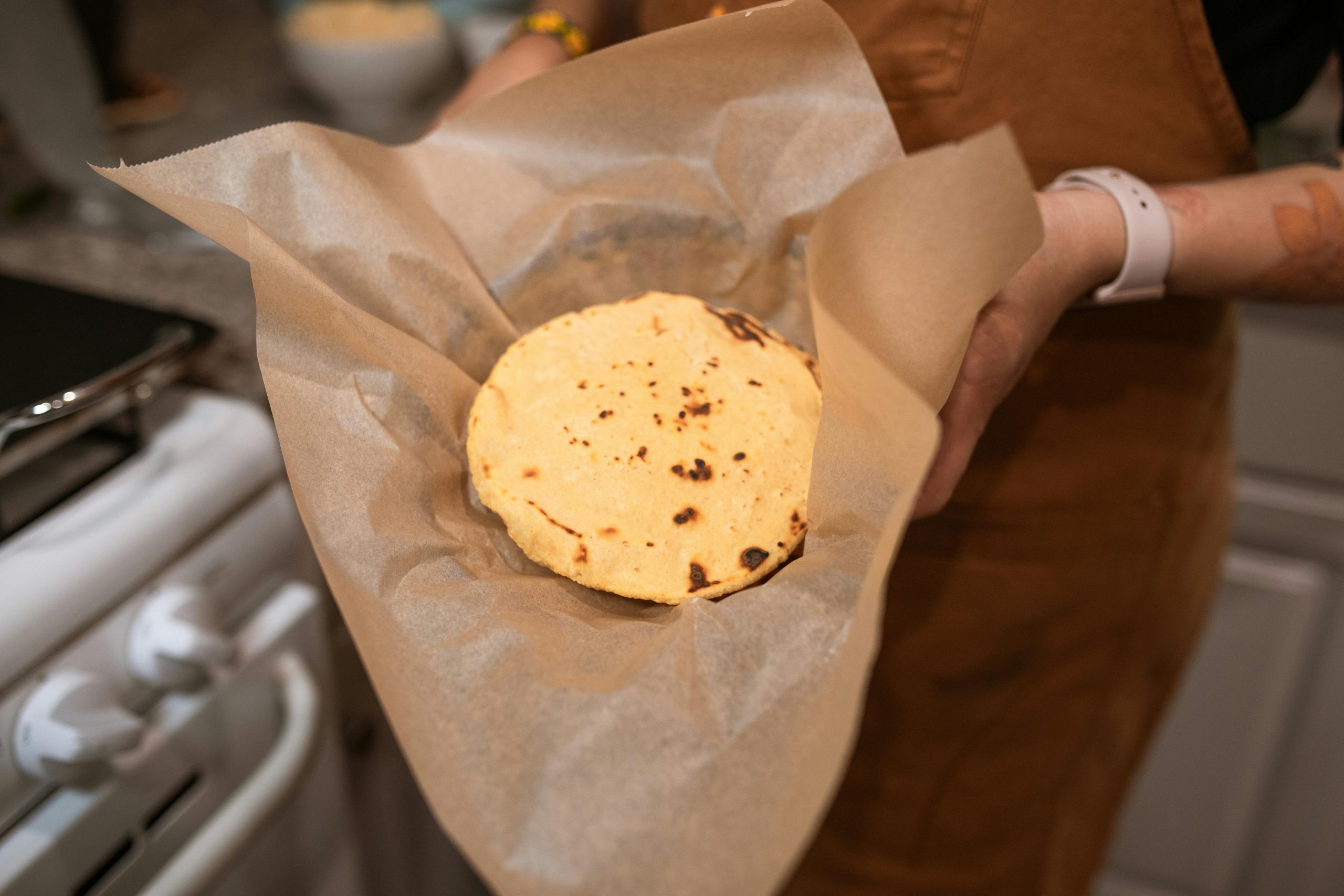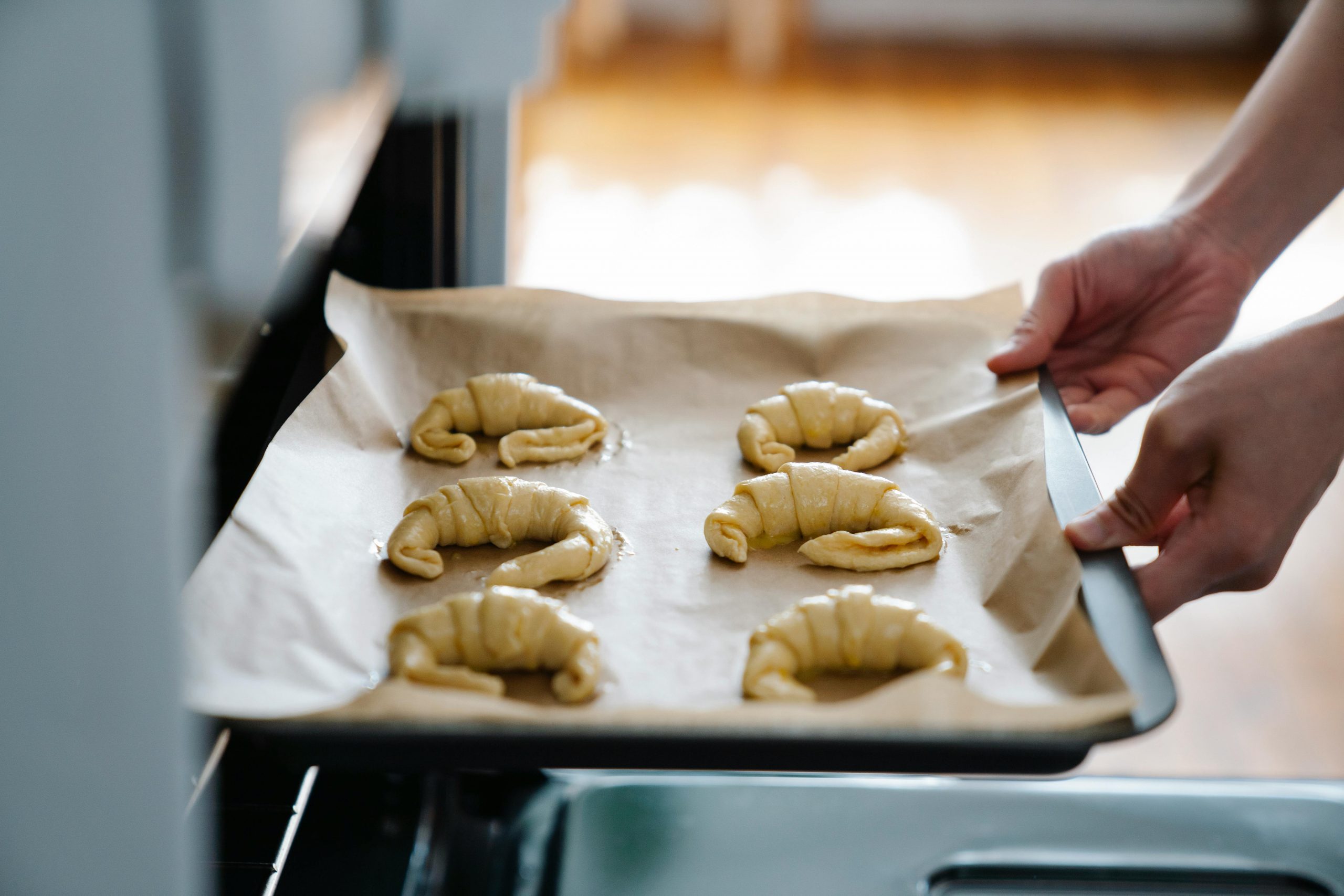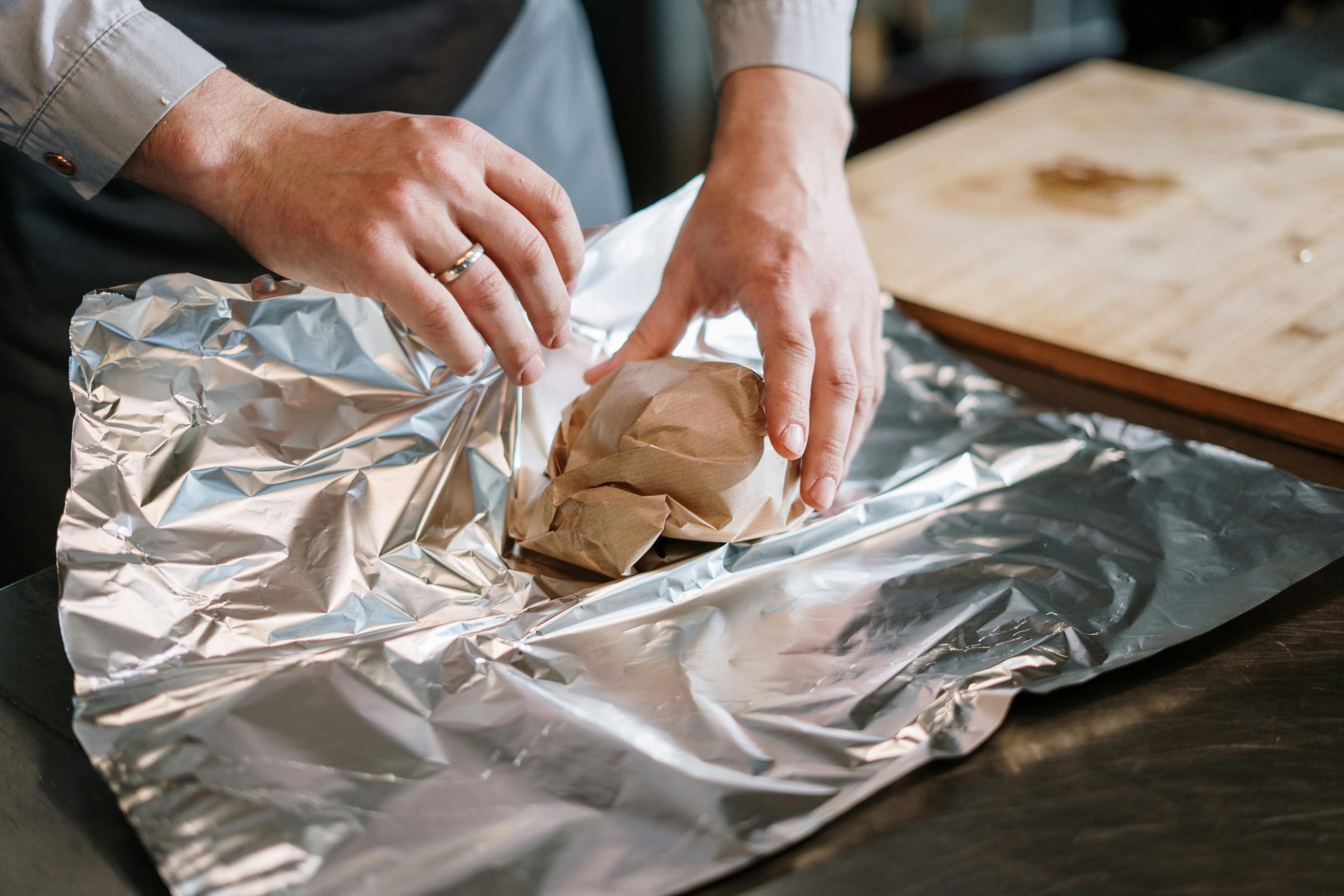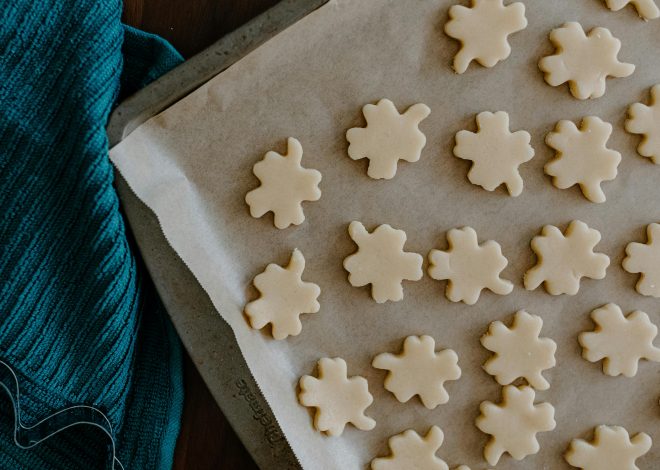
Parchment Paper vs Aluminum Foil: What’s Best for Cooking & Baking?

When you’re prepping meals or baking treats, you’ll often reach for either parchment paper or aluminum foil. Both are kitchen staples, but they serve different purposes—and knowing when to use each can save time, reduce mess, and improve results.
In this article, we’ll compare parchment paper vs aluminum foil across cooking, baking, grilling, microwave safety, and more. By the end, you’ll know exactly which one to grab for any kitchen task.
What Is Parchment Paper?
Parchment paper is a thin, non-stick, heat-resistant paper often used in baking. It’s coated with silicone, which makes it resistant to moisture and grease. You can find it in rolls or pre-cut sheets.
Common Uses:
- Lining baking sheets for cookies or roasted vegetables
- Wrapping fish or chicken for oven steaming
- Preventing food from sticking to pans
- Reheating leftovers without mess
Parchment paper is heat-safe up to about 420°F to 450°F, depending on the brand. It doesn’t burn easily, but it will brown if exposed to high heat for too long.
What Is Aluminum Foil?
Aluminum foil is a thin sheet of aluminum metal. It’s flexible, heat-resistant, and often used for cooking, grilling, and food storage. Unlike parchment paper, foil conducts heat, which helps it brown and crisp food.
Common Uses:
- Wrapping foods for grilling or roasting
- Covering dishes to prevent burning
- Making foil packets for veggies or meat
- Storing leftovers in the fridge or freezer
Foil can handle high temperatures without a problem, making it ideal for cooking methods that require intense heat—like broiling or grilling.
Key Differences Between Parchment Paper & Foil
When it comes to cooking and baking, parchment paper and aluminum foil each have unique strengths. Let’s take a closer look at how they compare across different uses:
- Non-Stick Properties
- Parchment Paper: Coated with a thin layer of silicone, parchment paper is naturally non-stick. It’s perfect for baking cookies, roasting vegetables, or lining cake pans—no need to add oil or spray.
- Aluminum Foil: Standard foil is not non-stick unless it’s labeled that way. Foods like fish or cheese may cling to it unless you use oil or cooking spray.
Best for non-stick baking: Parchment paper wins.
- Heat Conductivity
- Aluminum Foil: Foil conducts heat quickly and efficiently. This makes it ideal for crisping foods like bacon, potatoes, or roasted vegetables.
- Parchment Paper: Rather than conducting heat, it provides insulation. This helps prevent over-browning or burning delicate items like cookies or meringues.
Best for crisping and browning: Foil is more effective.
- Moisture Control
- Parchment Paper: Seals in moisture when wrapped around food. This method—similar to “en papillote” cooking—is great for steaming vegetables or cooking fish gently.
- Aluminum Foil: Offers more flexibility. It can either trap moisture (if sealed tightly) or allow it to escape (if loosely tented), depending on your goal.
Best for moist, gentle cooking: Parchment paper is preferred.
- Microwave Use
- Parchment Paper: Safe for most microwave tasks. You might wonder, can parchment paper go in the microwave? Yes, it can—just make sure it doesn’t touch the sides of the microwave or heating elements.
- Aluminum Foil: Never use foil in the microwave. It can create sparks, cause a fire, and even damage the appliance.
Best for microwaving: Parchment paper only.
- Oven Safety
- Parchment Paper: Typically safe in ovens up to 420°F. Beyond that, it may start to brown or even smoke. Always check the packaging for the exact heat tolerance.
- Aluminum Foil: Can withstand any standard oven temperature, making it suitable for broiling, grilling, and high-heat roasting.
Best for high-heat cooking: Foil handles higher temperatures better.
- Ease of Use
- Parchment Paper: Lightweight, easy to trim, and great for lining trays or wrapping food. It also makes cleanup faster—just toss it after use.
- Aluminum Foil: More durable and moldable, making it great for wrapping odd-shaped items. However, it may require extra cleanup if food sticks to it.
Best for easy cleanup: Parchment paper has the edge.
- Environmental Impact
- Parchment Paper: Compostable and biodegradable if unbleached. Some types are also recyclable, depending on local guidelines.
- Aluminum Foil: Recyclable if it’s clean, but manufacturing foil uses more energy and resources. Dirty foil often ends up in landfills.
Best for eco-friendliness: Parchment paper is the greener option.
- Food Flavor & Reaction
- Parchment Paper: Inert and neutral—it won’t react with acidic or salty foods. Great for cooking with lemon juice, tomato sauce, or vinegar-based marinades.
- Aluminum Foil: Can react with acidic ingredients, leading to discoloration or a metallic taste. This reaction isn’t harmful, but it can alter flavor and presentation.
Best for flavor preservation: Parchment paper is safer for acidic foods.
- Versatility in Techniques
- Parchment Paper: Perfect for baking, steaming, and gentle cooking. Can also be used to separate layers of cookies or wrap sandwiches.
- Aluminum Foil: More versatile for high-heat methods like broiling or grilling. Also effective for tenting meats, lining pans, or storing leftovers.
Best for high-heat versatility: Foil offers more cooking options.
When to Use Parchment Paper
Use parchment paper when you want:
- Easy cleanup
- Non-stick baking
- Even cooking for baked goods
- Steam-based cooking (like fish en papillote)
- Microwave reheating
Examples:
- Lining a cookie sheet for chocolate chip cookies
- Making a parchment packet with salmon, lemon, and herbs
- Microwaving leftover pizza without splatter
When to Use Aluminum Foil
Use foil when you need:
- High heat tolerance
- Browning or crisping
- Food wrapped tightly for grilling or roasting
- A barrier to protect food from burning
Examples:
- Grilling vegetables in foil packets
- Lining a pan for roasted potatoes
- Covering a turkey to keep it moist while roasting
Can You Use Parchment Paper Instead of Foil?
Yes, in some cases—but not all.
Good Substitutions:
- Baking cookies or roasting veggies: Both work, but parchment is easier to clean.
- Lining pans: Parchment is better for baked goods.
Poor Substitutions:
- Grilling or broiling: Parchment is not heat-resistant enough.
- Wrapping food for direct flame: Use foil only.
Can You Use Foil Instead of Parchment Paper?
Again, yes—sometimes.
Good Substitutions:
- Roasting meat or vegetables: Foil works fine.
- Creating a cover for baking dishes: Foil is perfect.
Poor Substitutions:
- Baking cookies or cakes: Foil can cause sticking.
- Microwaving: Never use foil here.
Environmental Considerations
If you’re eco-conscious, you might wonder which option is better for the planet.
Parchment Paper:
- Often compostable (check packaging)
- Single-use in most cases
- Not recyclable
Aluminum Foil:
- Recyclable if clean
- Reusable in some cases
- Produces more waste when heavily soiled
More eco-friendly choice: Clean foil if reused and recycled.
Storage & Food Safety
Both materials are safe for wrapping and storing food, but with a few precautions:
- Foil: Don’t store acidic foods (like tomatoes or citrus) in foil—it can react with the metal.
- Parchment: Great for short-term food storage, especially baked goods.
Best for wrapping baked goods: Parchment paper is safer and better for flavor.
Final Verdict: Which One Should You Use?
Here’s a quick cheat sheet:
| Task | Best Material |
| Baking cookies | Parchment Paper |
| Grilling vegetables | Aluminum Foil |
| Microwaving leftovers | Parchment Paper |
| Roasting meat | Aluminum Foil |
| Steaming fish | Parchment Paper |
| High-heat broiling | Aluminum Foil |
| Non-stick surface | Parchment Paper |
| Crisping/crunching | Aluminum Foil |
| Wrapping food to go | Either one (depending on food type) |
Conclusion
When comparing parchment paper vs aluminum foil, it’s clear each has its strengths. Parchment paper shines in baking, gentle cooking, and microwaving, while aluminum foil excels in high-heat tasks, grilling, and roasting.
If you’ve ever asked, can parchment paper go in the microwave—now you know it’s safe, as long as it’s used properly. Meanwhile, foil should never go in the microwave.
Next time you’re in the kitchen, choose based on the task at hand. The right material will make your cooking safer, easier, and more delicious.


